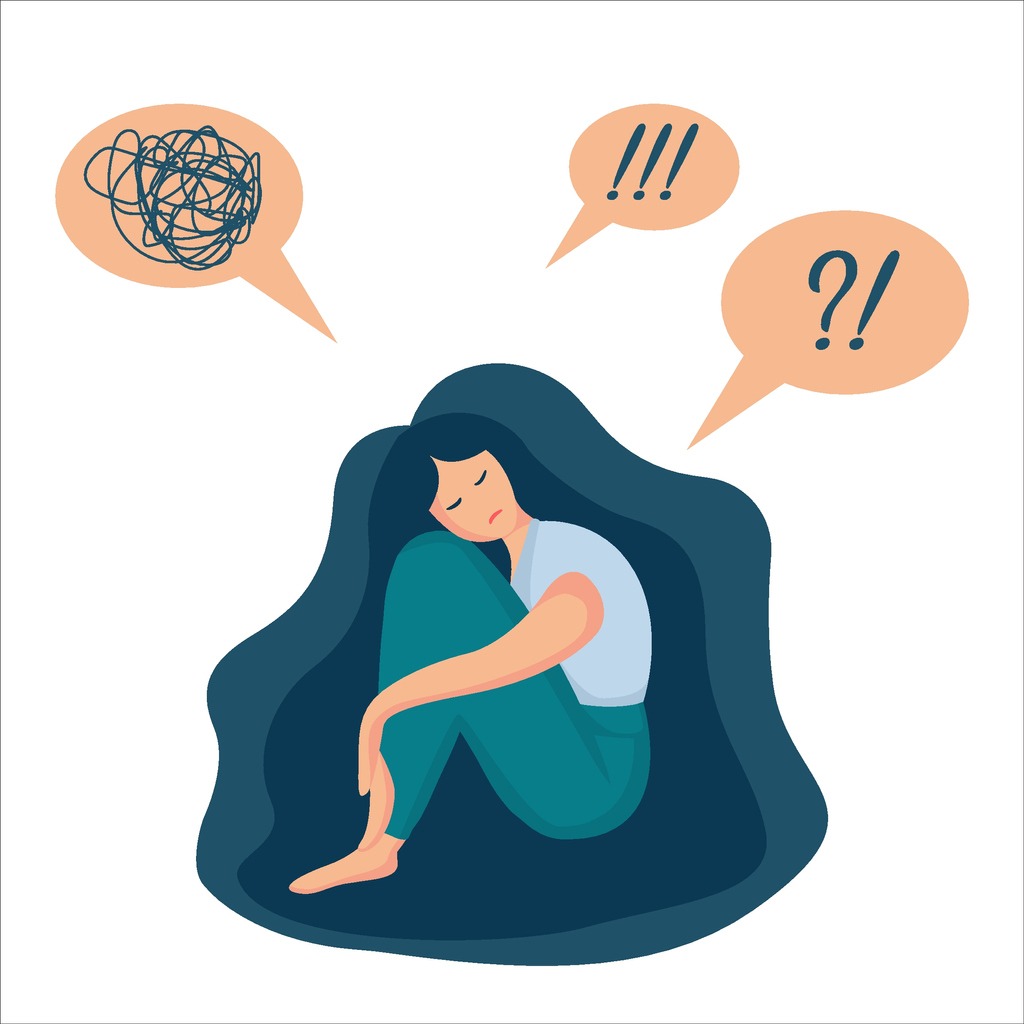This pandemic of COVID-19 has brought stress to us in innumerable ways: loss of income, loss of health, loss of physical safety, and immense loss of community and social support.
All these factors lead to enhancing already existing risk factors that can tend to be present for a feeling of hopelessness and suicide. The KEY to suicide prevention is knowledge and arming yourself with as much information as you can allow you to be an agent of support and change. Any extra eyes and ears you develop through this knowledge can be the factor that makes the difference between positively intervening in a suicide or a completed suicide.
Current statistics on suicide post-pandemic
Since the onset of the Pandemic, stressful factors in people’s lives have increased exponentially, resulting in overwhelm and anxiety. In June, the CDC reported that nearly 41% of US adults reported at least one mental illness. That is almost half of our adults struggling. These health conditions included generalized anxiety disorder, major depressive disorder, symptoms of trauma or stressor-related disorder (TRSD), and increased substance use.
What are the warning signs:
Understanding and recognizing the warning signs of suicide is one of the BIGGEST tools that can be used to prevent suicide.
Suicide is a permanent solution, hence not taking the warning signs seriously can end up in a devastating loss. Some warning signs of suicide include increased alcohol and drug use, aggressive behavior, withdrawal from friends and/or family, dramatic mood swings, and impulsive or reckless behavior. Underlying all suicidality is a feeling of hopelessness and feeling stuck or trapped. Imagine how stuck we have all been feeling through this pandemic? Suicidal behaviors differ from suicidal warning signs because they are considered a psychiatric emergency. A suicidal behavior manifests itself by a person actually bringing harm to themselves such as overdosing, cutting wrists deeply, or attempting to drive recklessly so that they force themselves into an accident.
If you think a loved one is exhibiting suicidal behaviors seek out immediate help and call 911. Other pre-suicidal behaviors include collecting/saving pills, giving away possessions, and saying goodbye to friends and/or family. If you notice changes in a loved one, do not be afraid to look in their medicine cabinets to see if they are hoarding pills and also check their internet history to see if they have been on websites that teach them how to suicide successfully.
Risk factors:
Some factors can expose people to the risk of suicide. Recognize these risk factors because warning signs should be taken more seriously for people at higher risk. Risk factors involve having a known mental health condition, family history of suicide, substance use, access to firearms, history of trauma/abuse, prolonged stress, and a recent tragedy or loss.
Contagion factors in suicide:
Suicide contagion is a rarely talked about subject that is especially dangerous to those that have experienced suicidal thoughts or behaviors. Suicide contagion is when the suicide of one person causes a ripple effect of suicidal behaviors in others. It is reported that even high profile suicides can produce similar effects. After the death of Robin Williams, there was a reported 9.85% increase in suicides which resulted in an additional 1,841 deaths. After the death of high profile figures, let’s use this time to reach out to one another and build a supportive community. If you or a loved one have recently experienced a suicide, know that reaching out for help can be beneficial in coping.
How to support a loved one:
Learning how to communicate with a loved one who is experiencing suicidal ideations is crucial for keeping them safe. Suicide prevention begins with talking. We must be able to debunk the myths and stigmas surrounding this brain health issue. Make your support system apparent to your loved one so they do not feel alone. Become a compassionate listener and ask how you can support. Create a pathway for effective and beneficial treatment through exploring different therapeutic options such as psychotherapy and possibly medication. Suicide prevention is a sensitive and difficult topic to navigate; however, if we decrease the stigma, open up healthy discussions about brain health, and explore therapeutic options then we can help our loved ones escape their darkness towards a new light. Those who have toyed with the idea of suicide for a long time keep the option to leave as a way out of a difficult situation hence you want to make sure that you are available to talk with them about meaning, purpose, and developing a safe way in which they can reach out to you. You cannot judge them, nor can you rationalize them into giving up that escape. The main thing is for the person to know that you are there for them and they can reach out to you any time of day or night.
Healthy Within is an integrative brain health center, experienced in incorporating neurofeedback to help people re-engage in their wholeness and wellness. We also help clients with ADHD, PTSD, depression, concussions, OCD, stroke, dementia and more!
Contact us for more information about how we can help you get your mind back to functioning at its calm, confident self.

